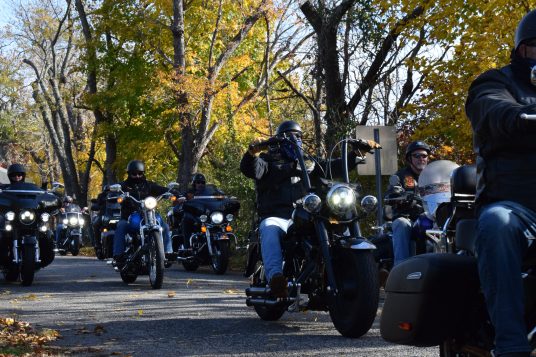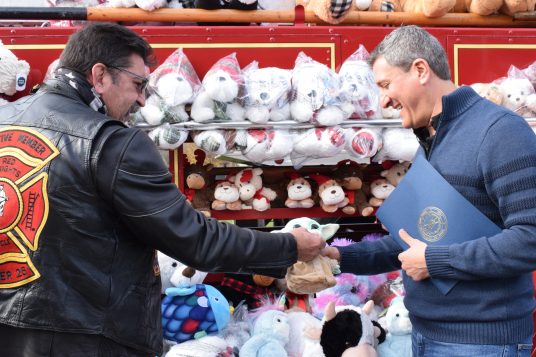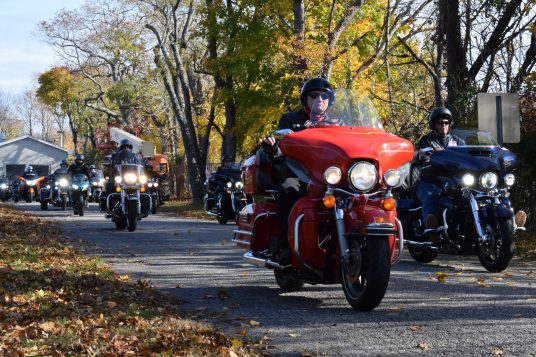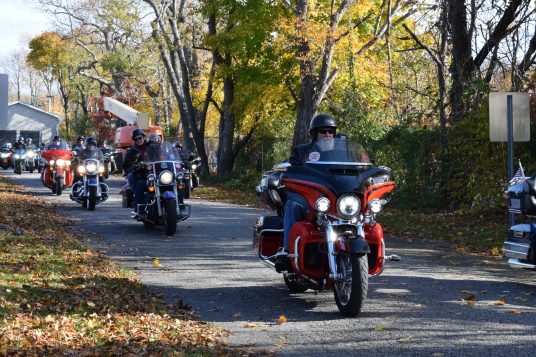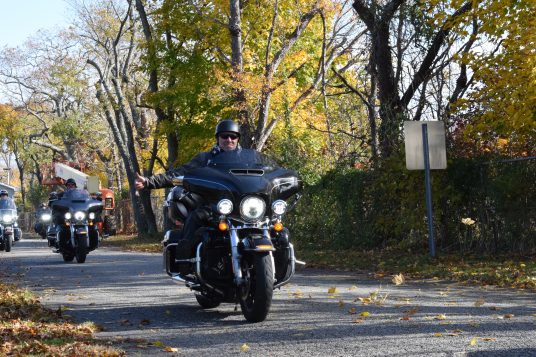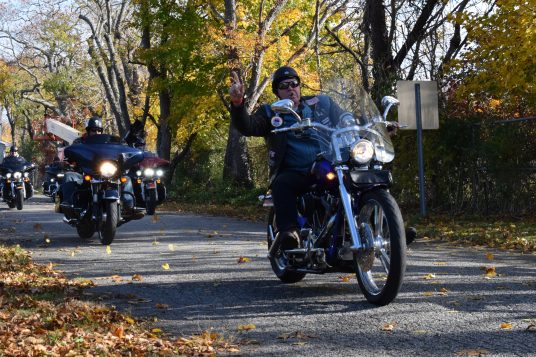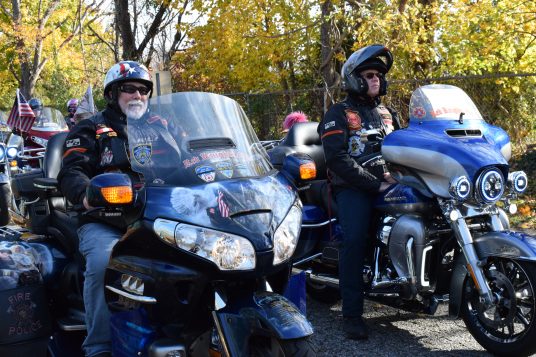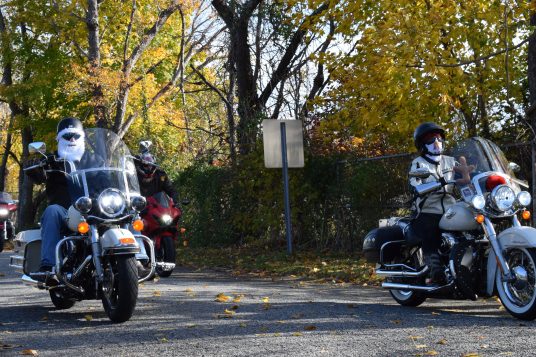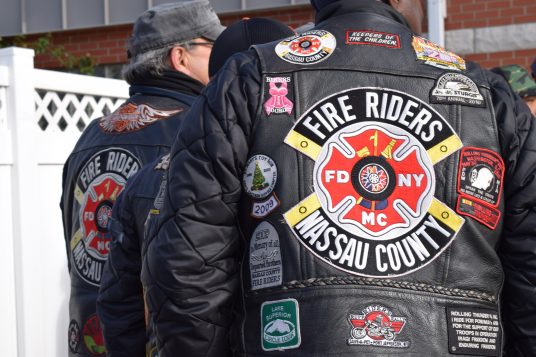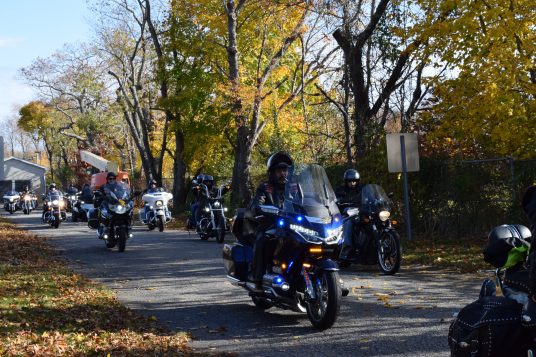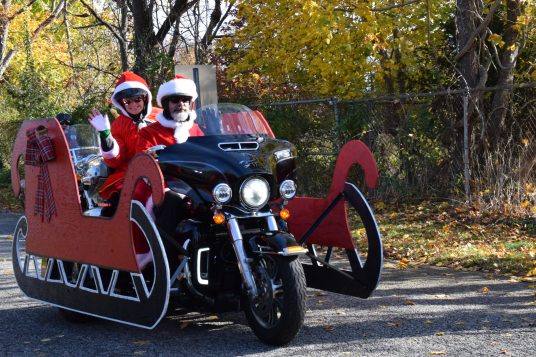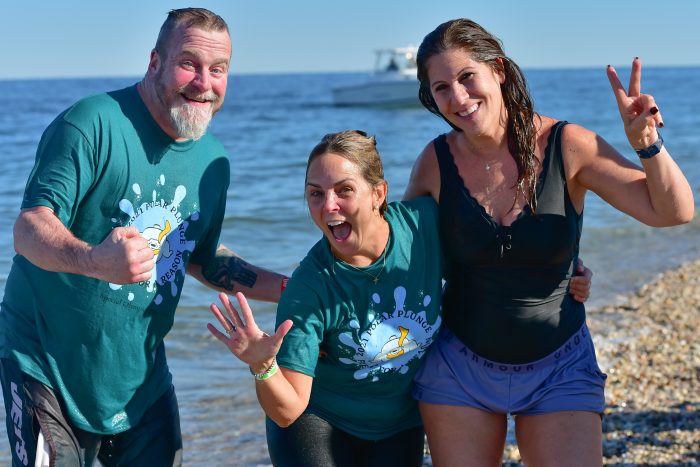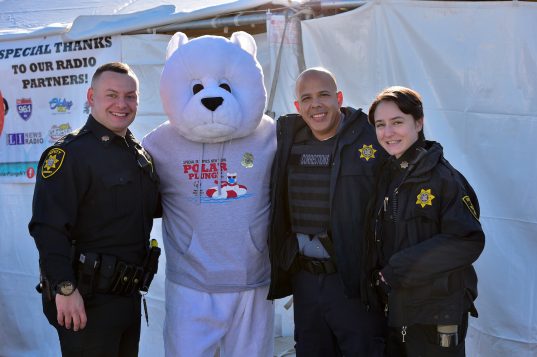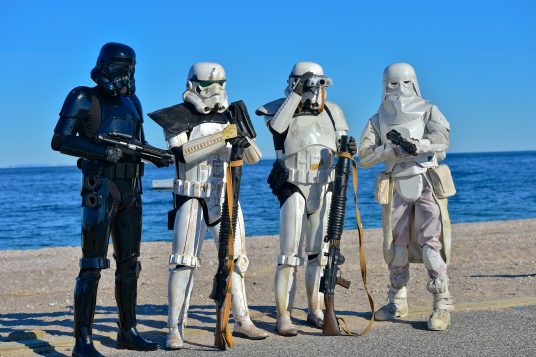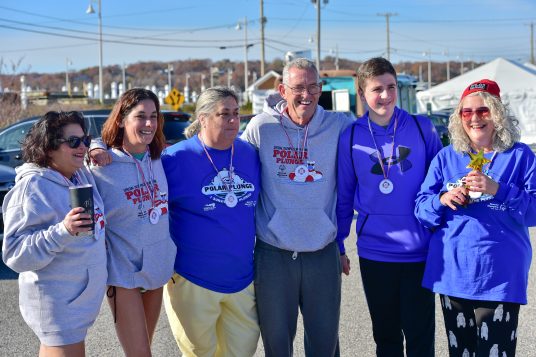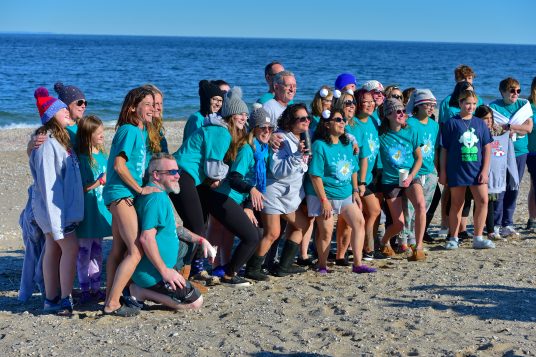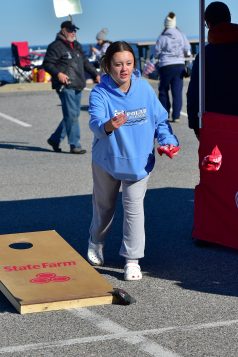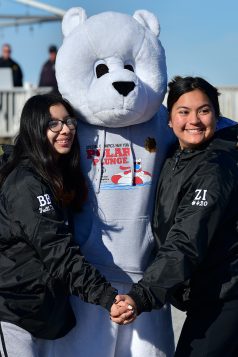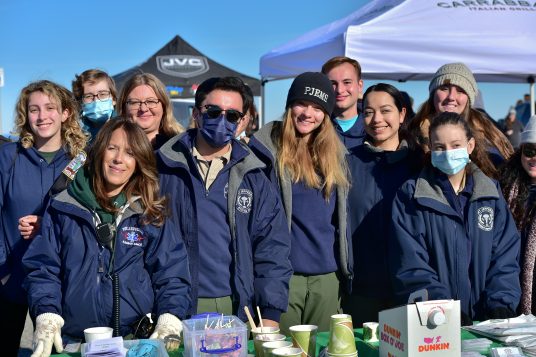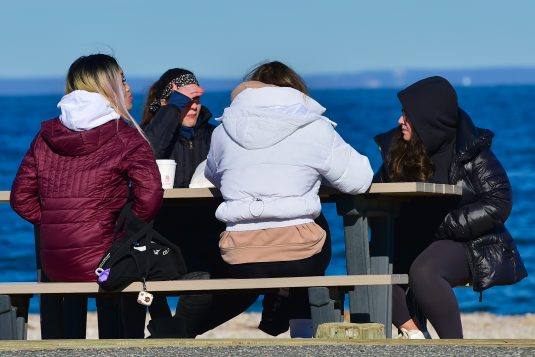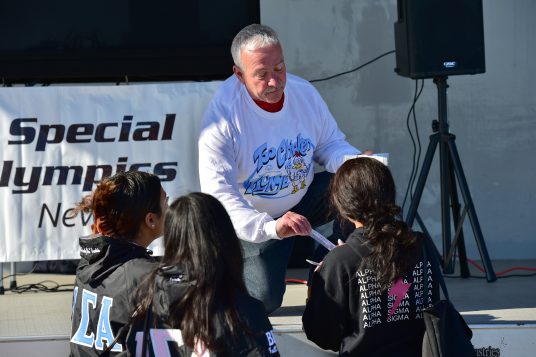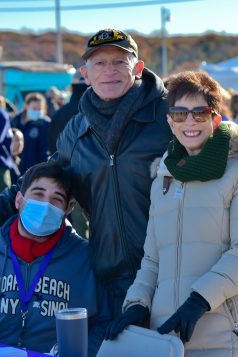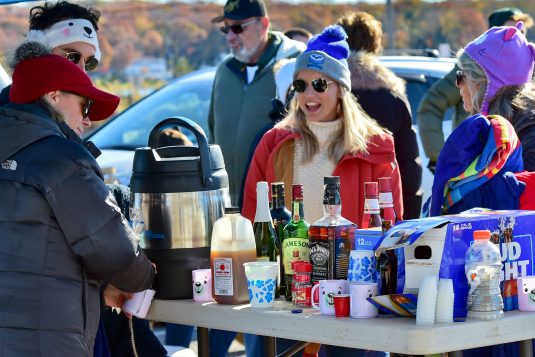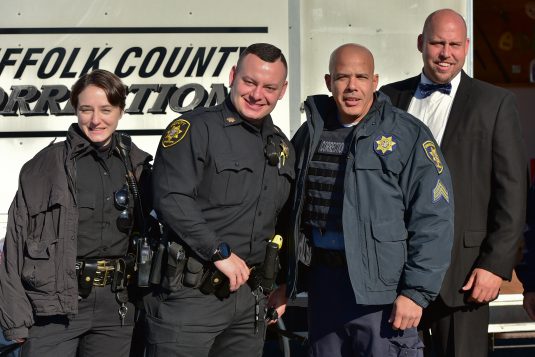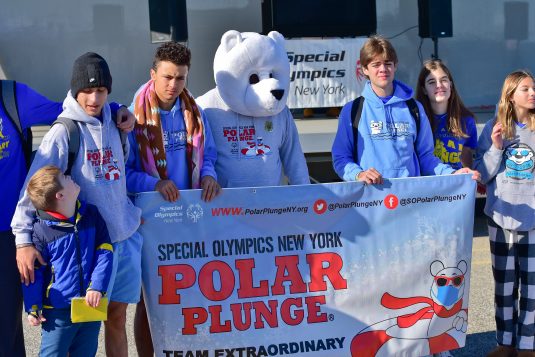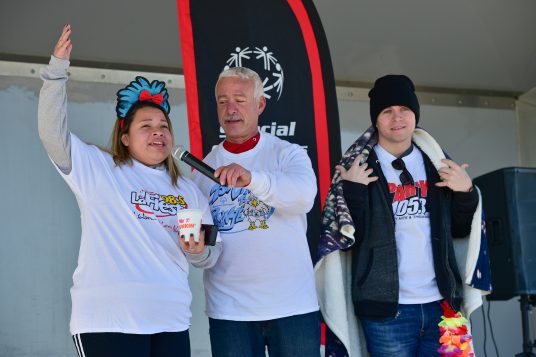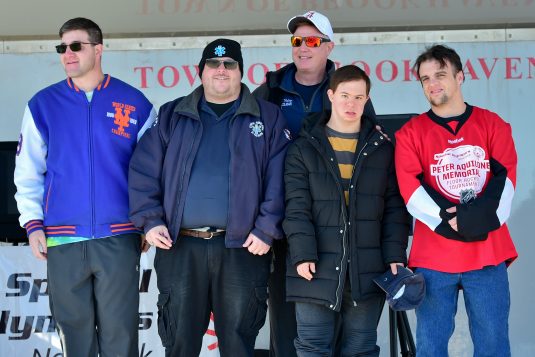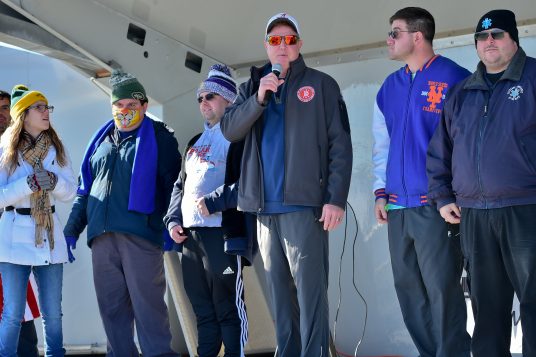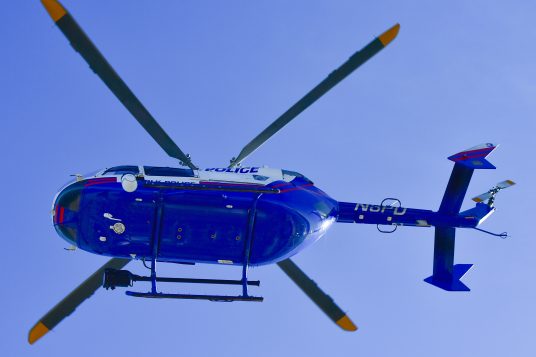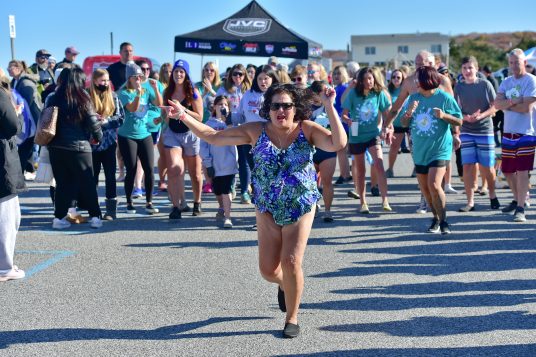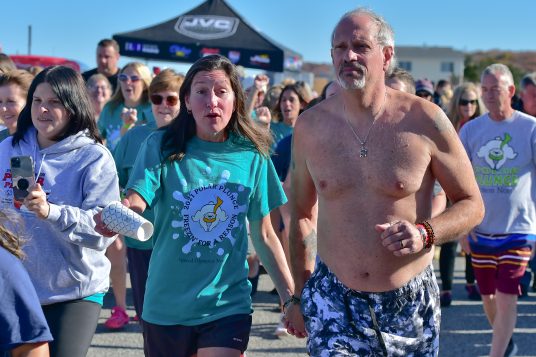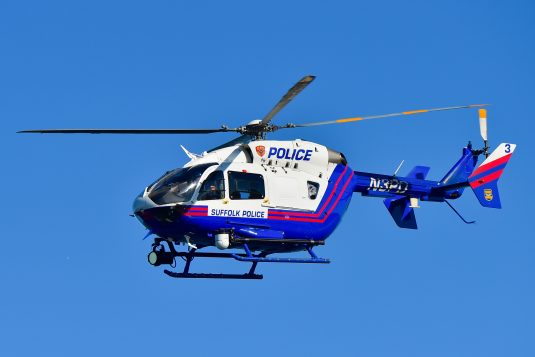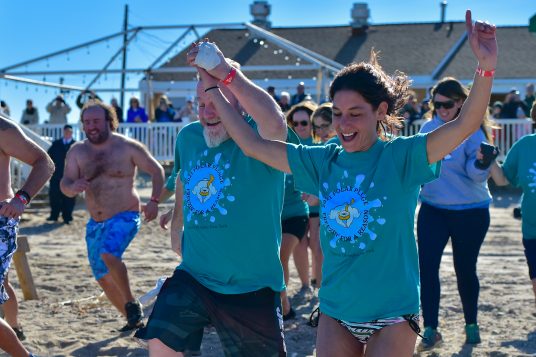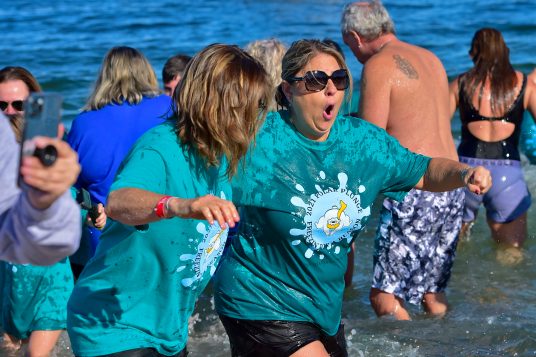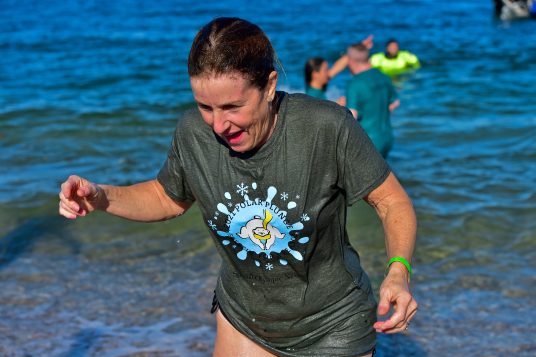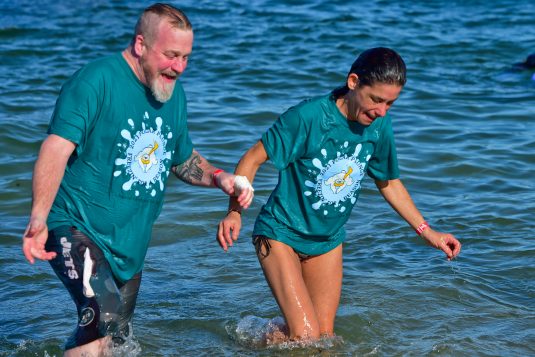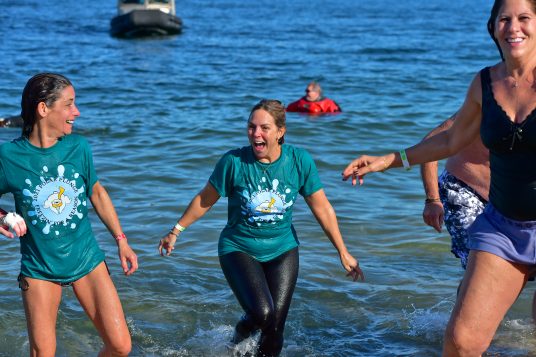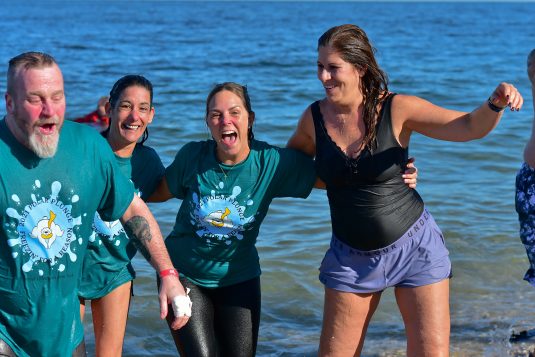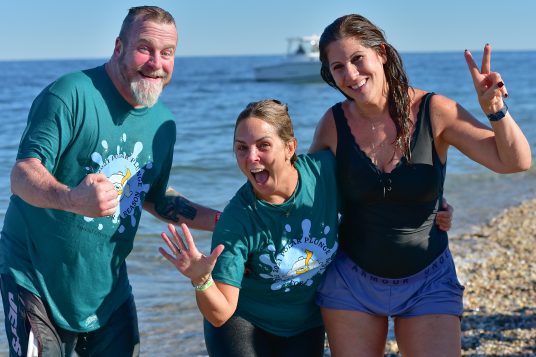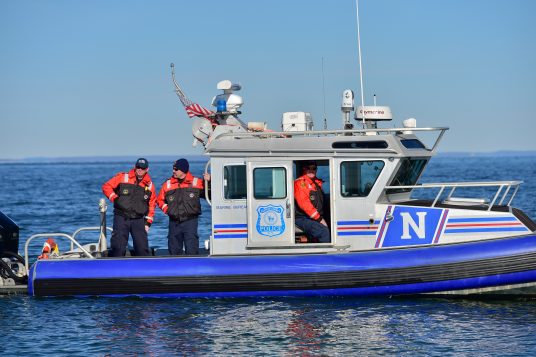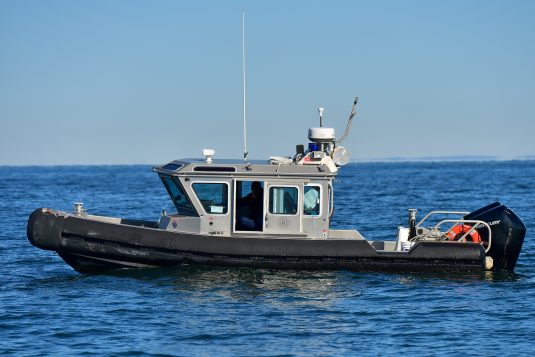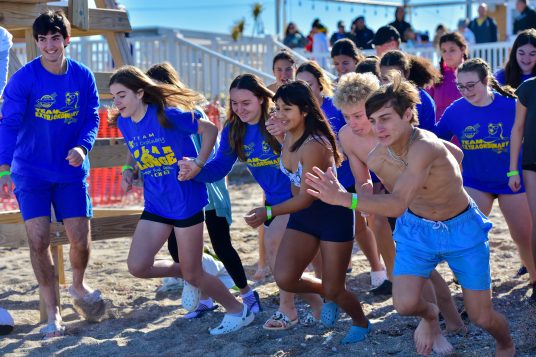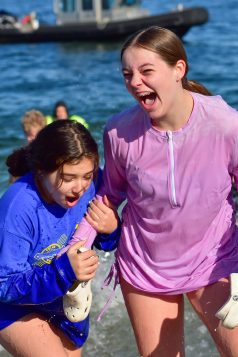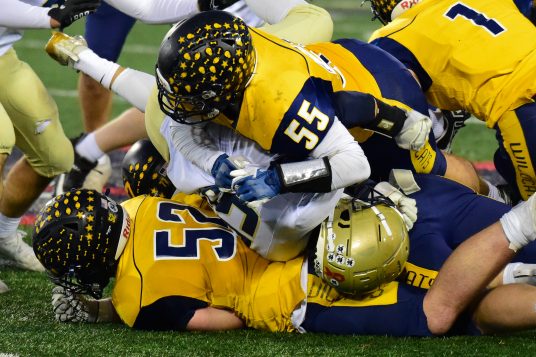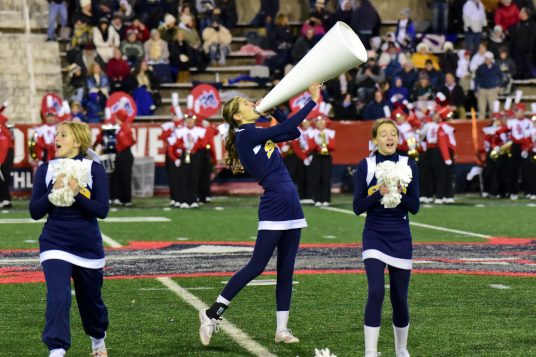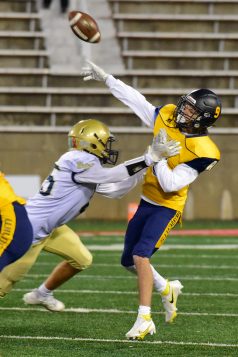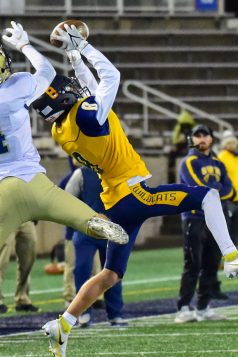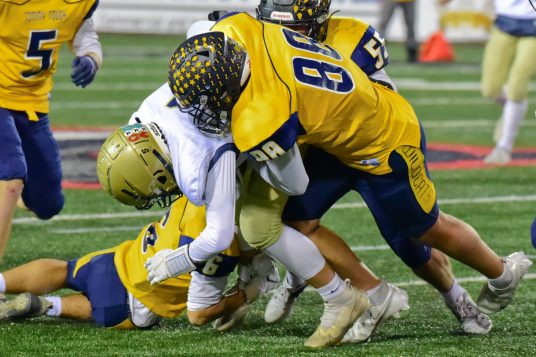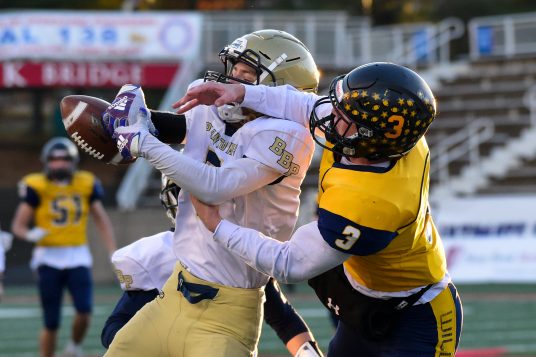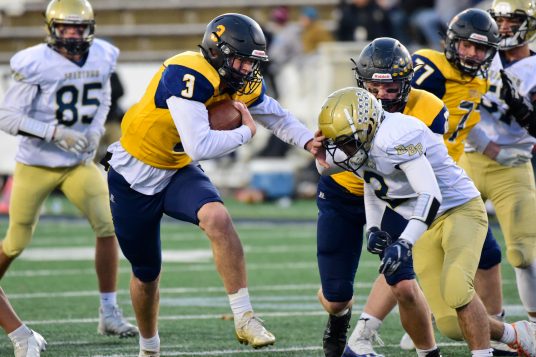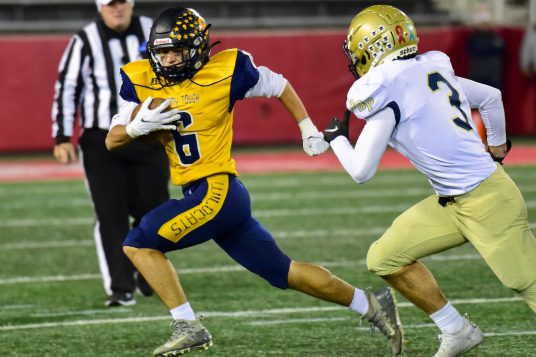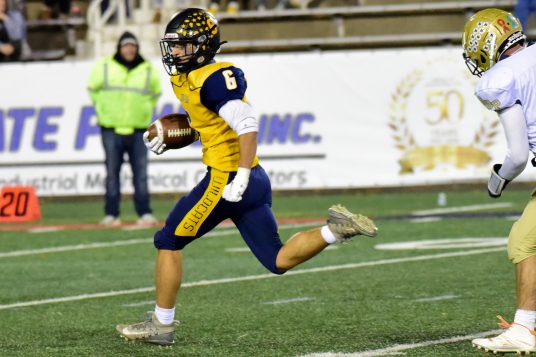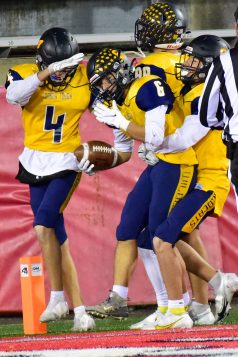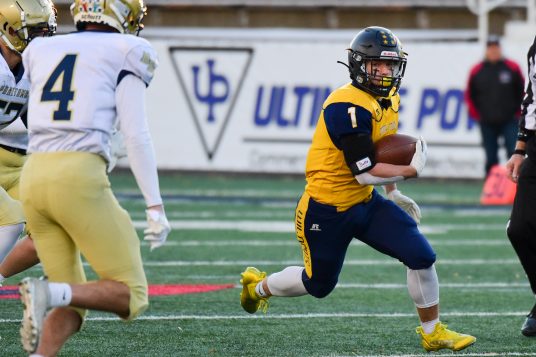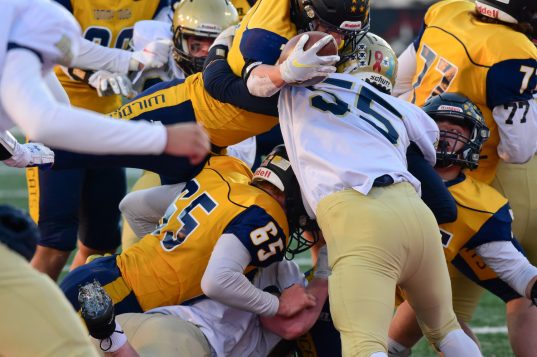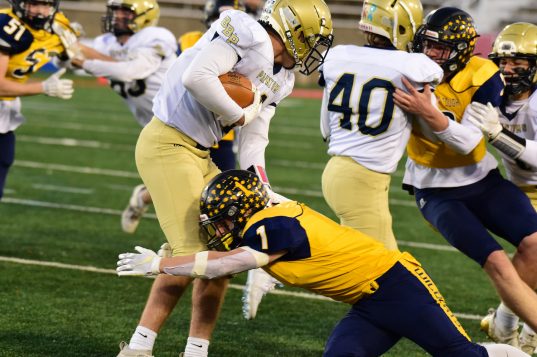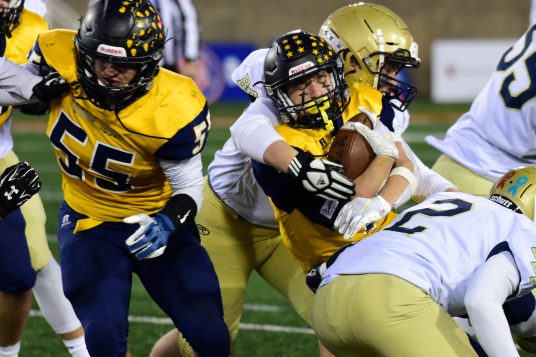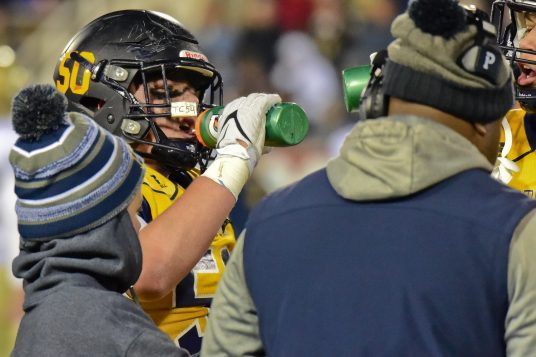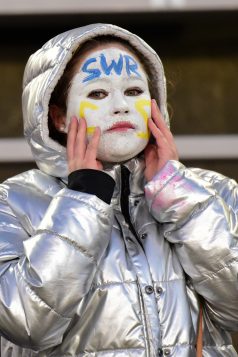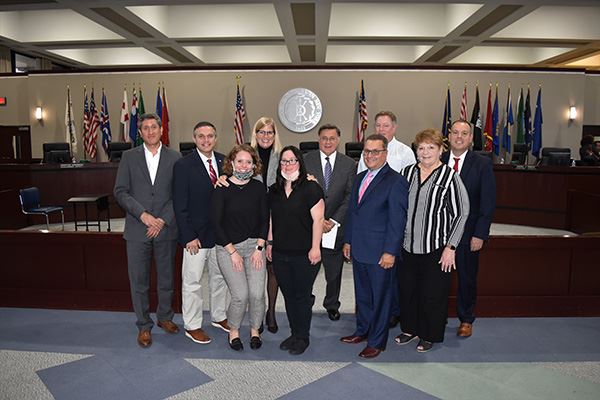By Leah S. Dunaief

A local physician had a remarkable result. In clinical practice, he was treating a patient with severe migraines. The patient, 60 years old, had been experiencing migraines for 12 years. Recently they increased in frequency, and he was enduring six to eight debilitating headaches per month, each lasting more than 72 hours. This equates to 18-24 headache days each month.
For those of us who suffer migraines, we know this must have been horrible. A migraine is not just a bad headache. It is as if a drill were unremittingly penetrating one spot in the head, all the while accompanied by nausea, vomiting and an inability to tolerate light. The aftermath is to feel hung over and unsteady. Migraines steal hours and days from the lives of the afflicted.
The patient had tried various traditional medications, like zolmitriptan and topiramate to no avail. He also avoided possible migraine triggers like aged cheese, caffeine and red wine without success.
The internist, who specializes in lifestyle medicine, put him on a plant-based, high nutrient diet that he created of essentially low inflammatory foods every day. Hence he named it the LIFE diet, and its centerpiece is composed primarily of dark leafy greens, frozen blueberries, a banana and soy milk in a smoothie. These high fiber ingredients, when reinforced with flax seed meal, and a little pomegranate juice, can be made into a 32-ounce drink by a sturdy electric blender. The diet is further reinforced by eating more nutrient-dense veggies, like spinach, kale, arugula and romaine lettuce, for example, at subsequent meals in the day. These foods are thought to reduce chronic inflammation in the body.
The LIFE diet also limits dairy and red meat, whole grains, starchy vegetables and oils, according to reporter Sarah Jacoby, who interviewed the doctor for “Today” last Thursday, Nov. 18.
The results of the new regimen were dramatic. After two months, the patient was experiencing one headache per month. After three months, the headaches were gone. The patient suffered no further migraines. This result has lasted more than seven years so far.
At this point, the local physician, teaming up with his brother, who is a medical researcher, wrote up the study and sent it to the highly prestigious British Medical Journal or BMJ that publishes medical case studies deemed important. Delighted when it was accepted for publication, the doctor, who is a passionate believer in the healing power of dark green leafy vegetables, was further pleased when he learned that BMJ, considering the study valuable enough, had sent out a press release to publications all over the world with a summary.
The response was overwhelming, a testament to the need for a remedy to a universal malady. As of this writing, more than 40 news outlets across the globe, including UPI and WebMD, have picked up the story, from Europe to the Middle East to Asia and Australia, translating it into a dozen different languages.
“I think this (case report) is a tremendous start in the treatment of migraine headaches,” added the local physician. “This is kind of revolutionary to have the ability to say, ‘Not only does it work, but it works in the worst case scenarios. And it works in a short period of time.’” He has seen similar results in other of his patients.
Dr. Charles Flippen, professor of neurology at the David Geffen School of Medicine at UCLA, agreed, stating that the change the patient experienced was, “rather impressive,” especially how long the effect has lasted. He added, “Now a large sample is necessary to draw conclusions about the benefits of diet change on migraines or chronic migraines,” as quoted by Sarah Jacoby for “Today.”
Dr. Dawn Buse, clinical professor in the department of neurology at Albert Einstein College of Medicine in New York said, “There have been some recent studies suggesting that major dietary changes can reduce migraine symptoms,” according to “Today.”
“Even though we don’t know the exact mechanism for migraine, the concept of an inflammatory process as part of the underlying physiology of chronic pain has been around for decades,” explained Flippen. “So the idea that you have a diet that reduces the production of pro-inflammatory substances would fit nicely with our current understanding of migraine … It’s not purely magic that it worked.”
For the doctor, whose work has now circled the globe, the satisfaction is enormous. “I went into medicine to help people. It’s beyond gratifying that I may be helping people to take their lives back by reversing disease with the LIFE diet,” he concluded.
And the name of the local internist who authored the study that has gone viral: my son and our own columnist, David Dunaief, MD.




